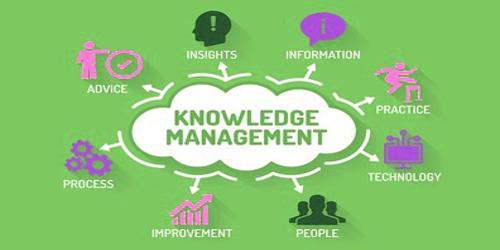Knowledge Management System (KM System) refers to a (generally IT based) system for managing knowledge in organizations for supporting the creation, capture, storage, and dissemination of information. It can comprise a part (neither necessary nor sufficient) of a Knowledge Management initiative.
The idea of a KM system is to enable employees to have ready access to the organization’s documented base of facts, sources of information, and solutions. For example, a typical claim justifying the creation of a KM system might run something like this: an engineer could know the metallurgical composition of an alloy that reduces sound in gear systems. Sharing this information organization-wide can lead to more efficient engine design and it could also lead to ideas for new or improved equipment.
A KM system could be any of the following:
KMS systems deal with information (although Knowledge Management as a discipline may extend beyond the information-centric aspect of any system) so they are a class of information system and may build on, or utilize other information sources.
Distinguishing features of a KMS can include:
A KMS offers integrated services to deploy KM instruments for networks of participants, i.e. active knowledge workers, in knowledge-intensive business processes along the entire knowledge life cycle. KMS can be used for a wide range of cooperative, collaborative, adhocracy and hierarchy communities, virtual organizations, societies and other virtual networks, to manage media contents; activities, interactions and work-flows purposes; projects; works, networks, departments, privileges, roles, participants and other active users in order to extract and generate new knowledge and to enhance, leverage and transfer in new outcomes of knowledge providing new services using new formats and interfaces and different communication channels.
Examples –
Feedback database: A company may have a database of feedback from customers and employees and shares this feedback with their design and research and development departments. All members of the organization would be able to enter feedback into the database and an integrated approach would be taken to understanding the shared information.
Shared project files: An employee team can work collaboratively on a project. They have a system of shared files and information that allows everyone on the team to upload and comment on work performed by others.














